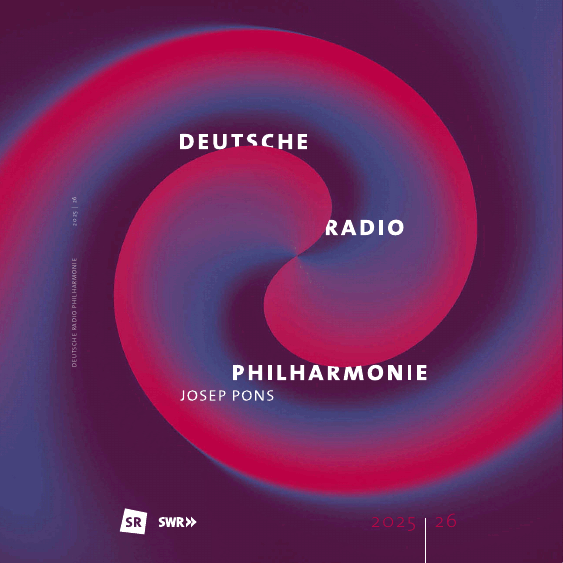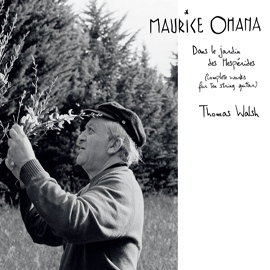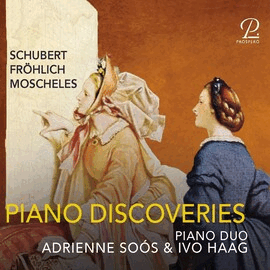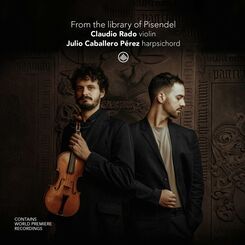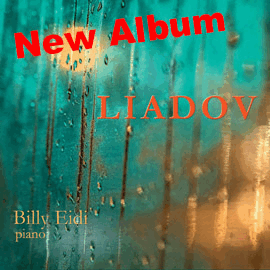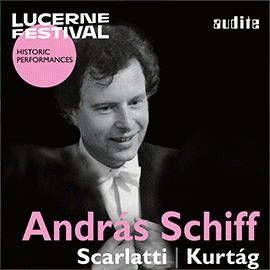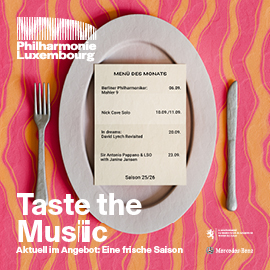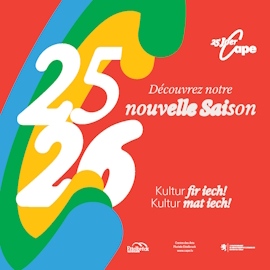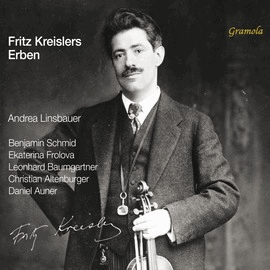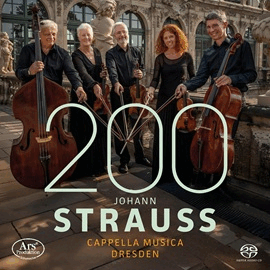Am Hofe des Monarchen Friedrich August II. war Johann Georg Pisendel viele Jahre einer der größten Geiger und Konzertmeister der Dresdner Hofkapelle. In dieser Funktion förderte er verschiedene Stilelemente, Geschmacksrichtungen sowie Komponisten aus Italien. Darüber hinaus schuf er neue Werke, insbesondere für die Geige. Neben Harmonie und Technik förderte er die Verbindung mit starker Expressivität und theatralischem Ausdruck.
Auf Reisen des Hofes hatte Pisendel außerdem die Gelegenheit, einige bedeutende Musiker seiner Zeit kennenzulernen und viele Noten unterschiedlichster Besetzungen zu sammeln oder zu kopieren. Sonaten für Violine und Basso continuo fanden sein besonderes Interesse, was sowohl die Quantität wie die Qualität betrifft. Auch hier spiegelt sich die stilistische Vielfalt.
Die Interpreten Claudio Rado und Julio Caballero Pérez haben daraus eine für sie besonders interessante Auswahl getroffen, die sie vorstellen. Die von einem unbekannten Verfasser geschriebene Sonate, die im Stil an Corelli erinnert, bietet vielfältige Herausforderungen und hat einen rauen und kantigen Charakter.
Pisendel hat die Sonate von Albinoni wohl in Venedig persönlich erhalten. Hier sind typische Elemente von Albinoni und Pisendel vermischt. Während seiner Zeit am Hof widmete Veracini Friedrich August II. 12 Sonaten. In dem Werk in e-Moll zeigt Veracini Erfindungsreichtum, Ausdrucksvielfalt sowie ungewöhnliche instrumentale Mittel.
Die Sonate von Pisendel selbst entstand aus seinem Violinkonzert. Reich an Klangkontrasten und virtuosen Passagen zeigt sich die Sonate mit dichtem starkem Basso continuo. Bereits der nächsten Generation gehört Franz Benda an, der am preußischen Hof Friedrichs des Großen tätig war. Mit der besonderen Tonart b-Moll zeigt sich der empfindsame Stil zu der Zeit, garniert mit böhmischen Volksrhythmen.
Mit intensiver Vorbereitung zu Stilen und Kompositionen hat Claudio Rado den Ansatz für seine Interpretation inklusive Verzierungen und variierter Wiederholungen gefunden. Neben den fesselnden Höreindrücken bietet der Geiger viele seiner Gedanken im Begleittext an.
Die Aufnahmetechnik hat die Interpreten in sehr direkter, fast aggressiv anmutender Weise eingefangen. Damit wird aber auch der hochengagierte und technisch sehr versierte Einsatz für diese Musik ungemein plastisch gezeigt. Dabei zeigen sich Geiger Claudio Rado und Cembalist Julio Caballero Pérez, der auch ein Prelude für Cembalo zur Sonate von Pisendel komponiert hat, als unzertrennliche interpretatorische Einheit mit virtuosem Zugriff und sensiblem Gestaltungswillen.
For many years, Johann Georg Pisendel was one of the greatest violinists and concertmaster of the Dresden court orchestra at the court of the monarch Friedrich August II. In this role, he promoted various stylistic elements, tastes and composers from Italy. He also created new works, especially for the violin. In addition to harmony and technique, he promoted the combination of strong expressivity and theatrical expression.
Pisendel also had the opportunity to get to know some of the important musicians of his time while traveling at court and to collect or copy many scores for a wide variety of instrumentations. He was particularly interested in sonatas for violin and basso continuo, both in terms of quantity and quality. The stylistic diversity is also reflected here.
The performers Claudio Rado and Julio Caballero Pérez have made a particularly interesting selection from it, which they present. The sonata, written by an unknown author and reminiscent of Corelli in style, offers a variety of challenges and has a rough and edgy character.
Pisendel probably received the sonata from Albinoni personally in Venice. Typical elements of Albinoni and Pisendel are mixed here. During his time at court, Veracini dedicated 12 sonatas to Frederick Augustus II. In the work in E minor, Veracini shows inventiveness, expressive variety and unusual instrumental means.
The sonata by Pisendel himself originated from his violin concerto. Rich in tonal contrasts and virtuoso passages, the sonata features a dense, strong basso continuo. Franz Benda, who worked at the Prussian court of Frederick the Great, already belonged to the next generation. The special key of B flat minor reflects the sensitive style of the time, garnished with Bohemian folk rhythms.
With intensive preparation on styles and compositions, Claudio Rado has found the approach for his interpretation, including ornaments and varied repetitions. In addition to the captivating listening impressions, the violinist offers many of his thoughts in the accompanying text.
The recording technique has captured the performers in a very direct, almost aggressive manner. However, this also shows the highly committed and technically very accomplished commitment to this music in an extremely vivid way. Violinist Claudio Rado and harpsichordist Julio Caballero Pérez, who also composed a prelude for harpsichord to Pisendel’s sonata, show themselves to be an inseparable interpretative unit with a virtuoso approach and sensitive creative will.



